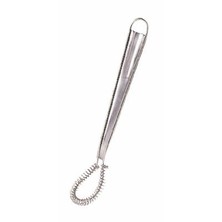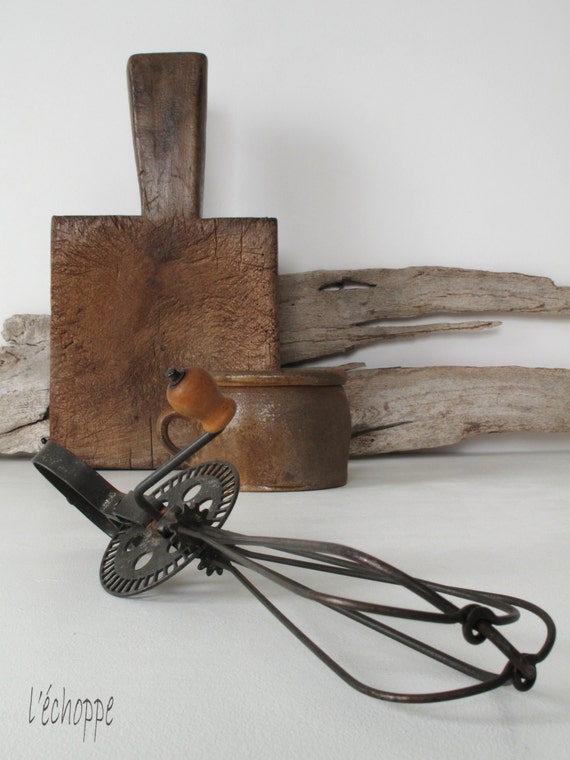

Check xrays performed after removal demonstrated a minimally displaced transverse fracture at the base of the distal phalanx (Figures 9-10). Following removal, fingertip perfusion returned immediately, the pulp became pink, and the capillary refill returned to normal (Figures 6-8). The whisk was removed by gently sliding it free. The metal loops of the whisk were divided in the Emergency Department with wire cutters, obtained from the hospital’s operating theatres. The patient was reviewed by the on-call plastic surgery team, and due to the ischaemia, the decision was made to immediately remove the object. Anteroposterior and lateral radiographs of the ring finger with the metal whisk in situ Treatment Clinical photographs of the penetrating metal object lodged within the ring finger, demonstrating volar and dorsal wounds, and ischaemia of the pulpįigures 4-5. Due to the extent of the twisted metal around the finger, there was initially uncertainty as to whether Emergency Department staff ought to remove the whisk.įigures 1-3.

Plain radiographs were performed to evaluate for fractures and assess the position of the metal loops of the whisk (Figures 4-5). The injury was sustained as the removable metal beater was replaced into the machine, while the electrical hand whisk was powered on, resulting in the beater rotating immediately and thereby intertwining the ring finger in the spinning metal. Case presentationĪ 38 year old right handed lady presented to the emergency room with the beater component of an electric hand whisk entangled through the pulp and nail complex of the left ring finger, with ischaemia of the fingertip (Figures 1-3). An electric whisk injury to the hand has not been reported to our knowledge. Non-occupational and household-related penetrating injuries have also been described and were the most frequently encountered in a study in Turkey.
#HAND WHISK SERIES#
Foreign body injuries have been reported according to specific professions such as spot welders and carpenters or according to regional variation, for example sewing machine needles were reported as the commonest mechanism in a series in Pakistan. The index finger is the most frequently affected site, followed by middle finger and thenar eminence. The range of objects described in the literature includes air gun pellets, knitting hooks, nail gun injuries, and teeth in bite injuries, with a variety of other unusual presentations reported. Metal, glass and wood foreign body injuries are among the most common. Despite initial concerns regarding the possible role for reconstruction or revascularisation, minimal surgical intervention was required as a daycase Key wordsĭigital ischaemia, electric whisk, finger injuries, foreign body, hand injury Backgroundįoreign body injuries to the hand encompass a wide range of presentations and mechanisms, and penetrating metal injuries may present a challenge in terms of management. However, following consultation with the plastic surgery on-call team, wire cutters were used to divide the metal loops and remove the whisk under digital block, and perfusion returned immediately, preserving the digit. The apparent complexity of the wire loops led to initial uncertainty as to whether to remove the whisk in the Emergency Department. A 38 year old lady sustained an injury to her left ring finger from an electric whisk which became intertwined around the pulp and nail complex, causing multiple lacerations, with ischaemia of the tip of the digit, in a previously undescribed pattern of injury.


 0 kommentar(er)
0 kommentar(er)
